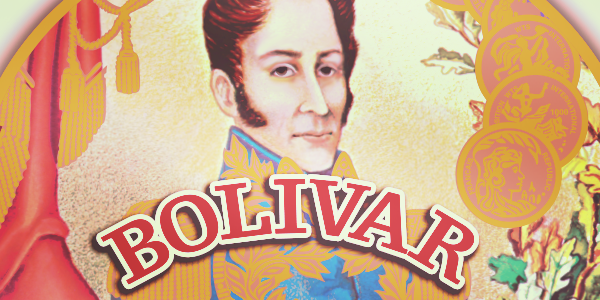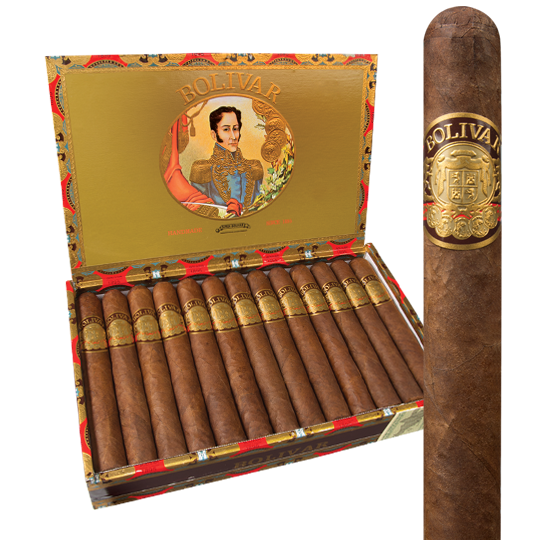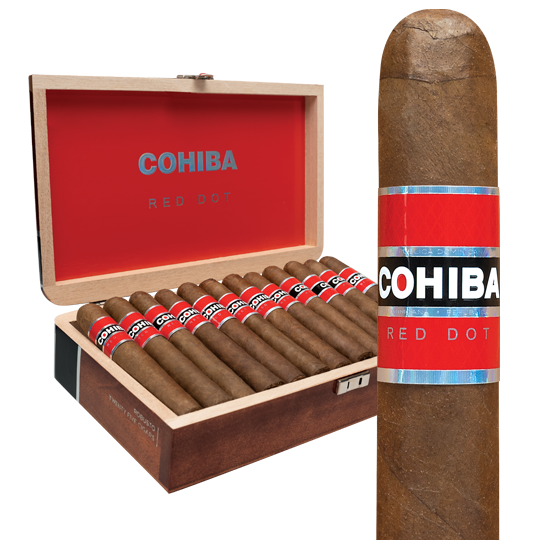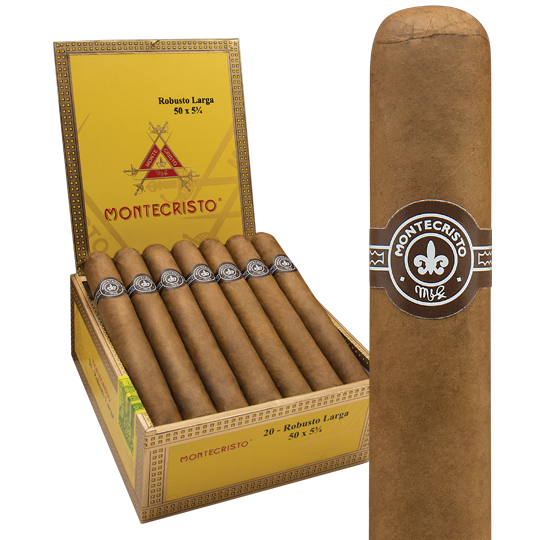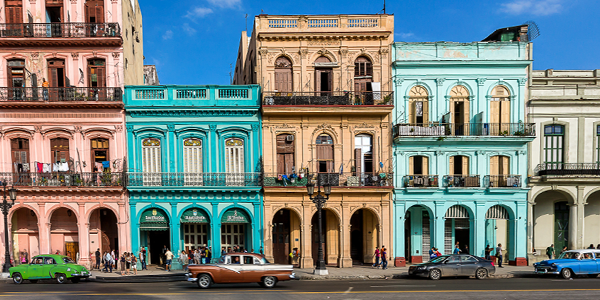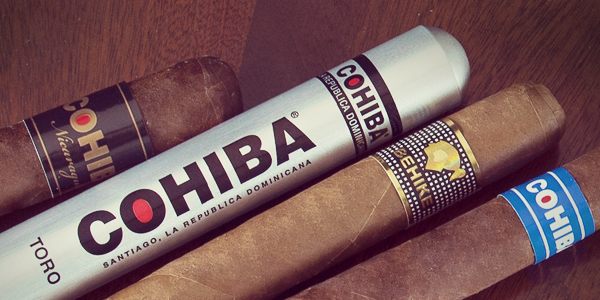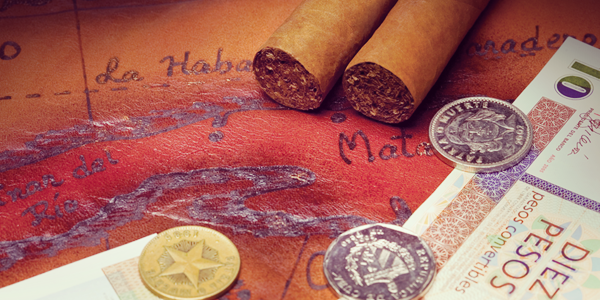History of Bolivar Cigars
The Cuban Bolívar cigar contained marijuana. Got your attention? Not surprisingly, the brand gained a reputation for blending better than others, the cannabis giving the cigars a stronger flavor and ‘kick.’ Yup.
Okay, Bolívar (pronounced boh-LEE-varr in Spanish) doesn’t use the ganja anymore, but the Cuban version remains ranked by Habanos, S.A., the Cuban cigar agency, as one of the stronger cigars in the portfolio. That is sometimes true.
Bolívar cigars are named after the Venezuelan-born Simón Bolívar (Simón is see-MOHN is Spanish), a hero of Latin America to this day for having led the revolution in the 19th century to liberate the region from Spanish rule. Bolívar died in Colombia in 1830. The cigar named after him was born around the turn of the century, 1901 or 1902, but was not registered as a brand in Cuba for another two decades. José F. Rocha, a Spaniard, is the brand’s founder. Rocha died in 1954 and the Bolívar brand was bought by Cifuentes y Cia., the owner of Partágas. That’s when the marijuana was introduced to the blend, which made the cigars very popular around the world. (Don’t get excited. I told you they don’t do that anymore!)
After the Castro revolution, Bolívar was nationalized. In 2002, when European conglomerate Altadis bought into Habanos, the number of vitolas in the brand was reduced and the machine-made smaller cigars have all but disappeared. A Lonsdale that Bolívar used to make, the Cervantes, had the top half wrapped in gold foil and the band in the middle. It was known as the ‘Gold Medal.’ That cigar was finally discontinued in 2011, but was an elegantly packaged cigar, if a little difficult on the draw. Today, in addition to special editions made for specific regions on the globe, Bolívar is famous mainly for the Royal Corona, the Belicoso Fino and the Corona Gigante.
The Cuban Royal Corona, almost a rite of passage for any true aficionado, is a Robusto, 4 7/8 x 50, and packs a wallop depending on whether Bolívar got the right tobacco from the fields in a particular year. They’ve been a little weak lately, but those made in 2014 and earlier were generally reviewed as full-bodied. Nowadays, most see them as medium. Still, while a little softer, the blend has generally shown nice complexity, with notes of nuts, pepper and leather. The one thing that has remained big is the price. The Royal Corona goes for about $25 in London.
The Bolívar Belicoso Fino is probably the shape that has held up best over the years of Cuban manufacturing inconsistencies. This $30-in-London Figurado remains a medium-full cigar at 5 ½ x 52. A box I recently bought in Spain (for about $15 a stick) had cigars imparting a great mix of sweet and savory. There is a little saltiness that becomes nutty that becomes chocolaty-sweet. They come packed in cedar and that’s evident in the smoke.
The Bolívar Corona Gigante is a Churchill, 7 x 47, and has rebounded nicely recently. The power isn’t quite what it used to be, but that translates into a little more diversity coming through. Lots of coffee, nuttiness and cedar are present, but sometimes with an uneven burn and firm draw. And it gets a bit boring. If you’re going to buy a box, make sure you look at each cigar as some of the wrappers are really, shall we say, ‘rustic.’ It’s about $32.
You know what’s next. Yes! There is a non-Cuban version of the Bolívar. After Castro took power, the Cifuentes family fled Cuba. In 1978, the family licensed the Bolívar (and Partágas) brands to General Cigar. The original non-Cuban Bolívar was a mild blend of tobacco from the Dominican Republic. Nothing like the original Cuban. In 2005, the blend was revamped to include a Honduran Ligero wrapper and Nicaraguan filler. Quite strong. Call this NC 1 for ‘non-Cuban 1.’ Ten years later, General moved Bolívar to its subsidiary, Foundry Cigars, where it got a fairly ugly band, a pigtail cap and uncut foot, a dark Connecticut Habano wrapper, and an Ecuador Sumatra binder and filler from Nicaragua, Honduras, Mexico and the D.R. The power is there, but I find ‘NC 2’ to be less interesting than ‘NC 1.’
You can still find the 2005 vintage (‘NC 1’) of the Bolívar Churchill, 7 x 49, and Robusto, 5 ½ x 50, at Holt’s. They are both full-bodied with a beautiful, reddish Honduran wrapper and Nicaraguan and Dominican fillers. They are earthy with nice spice and leather clearly coming through. The Churchill is less than $9 and the Robusto is about $8. Needless to say, the consistency is excellent. And you won’t feel like you have to remove the band before you light up.

